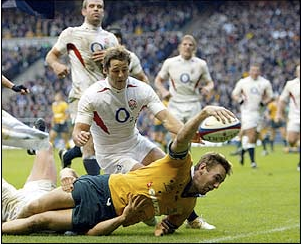Steve McCurry is a photographer that is famous for his picture of the Afghan. Girl. He first worked for a newspaper but then became a photographer in India. And that’s when he launched from being interested in the world and freelanced around taking pictures of interesting subjects. The themes of his photos are mostly war and the other side of the world you don’t see every day like poverty. “In India in particular, where millions have no home but the streets, virtually every life event is carried out in public: prayer, eating, sleeping, nursing, crude dentistry, even bodily functions. In the secular West, where nothing is sacred, everything seems hidden; yet in Asia, where nothing is hidden, everything is sacred.”
The first picture is about the killing fields in Cambodia. It is in the group called Dith Pran – Out of the Killing Fields. This photo stands out to me because of how hard and scary it must have been to be living while innocent people were being killed in the killing field. In this picture the part that’s stands out most to me is the man turned away from the skulls looking sad and all the bones behind him and how many people that must have been and how many families were in pain during this terror. I think Steve McCurry was trying to emphasize how cruel the world can really be and what strong leaders can do to the world. Also he is also showing us that the world is not all nice and easy but dangerous and hard and you have to work to get something out of it. The connection between me and the photo is that when I was in Cambodia I was sight seeing around the Ankor Wat area and the guide asked us if we wanted to go to the killing fields but my parents said “no” because they thought it would make my sister and I really upset. So in the end my parents just told me as much info about it as they new.
This is my second picture. It is a picture of fishermen in Sri Lanka and it is in the group of photos called The Way it Was. This photo really wrabs my eye båcause of how physically demanding it must be to be able to fish in this sort of way and how old this way of0fmshing i| is but how much it really works. Álso what I like is even in vhå whether wiôh a storm0brewing (I think) how coímittud tèey are to ôheir jobn Steve McCurry is probaâly try to show uó that life is jard and even some of the hardest jobs in the world get paid the smallest wages. Also that you have to live with what you got. My connection with this picture is that I love fishing and I do it for fun but these people go out and fish off a top of a pole while I’m out in a boat with my uncle and really expensive fishing equipment and they are using sticks with a rope on the end. And then I realize that I am really lucky that I am not fishing to feed my family. So I really am thankful for all the things I am given in life.
All of Steve McCurry’s work deals with war or the other side of the world you don’t see every day. I have learned that some times the shot is better if it is rare rather than an every day idea. Photography brings change when we see a photo that is different and we see another part of the world different. A great photo is made by a interesting main focus that really is eye grabbing and the background that is interesting. Too make a photo last it needs to be something that not many people know about or see something interesting. To read a photo you look at the main focus then around it and try and see what it is saying or showing. Also you can try and think of other related factors to any other artwork you have seen. Steve McCurry’s work shows a journey of the world and of the change he saw in himself while around the world taken pictures. For those who were desperate, my camera became an object of hope (...)Throughout my year-long coverage of the monsoon world, my strongest conviction was that I was involved in the fundamentals of life.
